Летние и всесезонные шины
Зимние шины
Нет в наличии
Своему существованию компания Dunlop обязана трехколесному велосипеду, на котором разъезжал сын шотландского ветеринара Джона Бойда Данлопа. Заботливый отец заметил неудобство и дискомфорт, возникающие из-за литых резиновых колес детского средства передвижения. Чтобы избавиться от этих недостатков врач обернул покрышку несколькими резиновыми слоями, закачав в них немного воздуха. В результате получилась первая в мире пневматическая шина, патент на которую был выдан 3 июня 1888 года.
Именно так было названо предприятие, которое возглавил Джон Данлоп в 1889 году. Первые четыре года своего существования она занималась выпуском исключительно пневматических велосипедных шин. В 1893 году в истории этой компании произошло эпохальное событие – началось производство автомобильных пневматических шин. Это совпало с началом массового выпуска автомобилей, благодаря чему шины Dunlop появились сначала во Франции, Австрии и Германии, а затем и в Канаде.
Это название компания получила в 1896 году, обзаведясь при этом первой в мире лабораторией для испытания автомобильных шин, а затем и авиационных, производство которых было начато в 1911 году. Первая мировая война, к сожалению или к счастью, заставила компанию переключиться на выполнение военных заказов. Тем не менее, научные разработки вести не перестали, в результате чего британский производитель в 1929 году начал выпуск сельскохозяйственных шин, на которых годом спустя впервые в мире появились боковые грунтозацепы.
История «королевских гонок» и компании Dunlop неотрывно связаны друг с другом. В 1956 году британский производитель предложил первую в мире «дождевую» шину для гоночных болидов Формулы-1. А в 1958 году произошло вовсе эпохальное событие для всего автомобильного мира. Речь идет о нейлоновом корде, который позволил без ухудшения прочностных свойств снизить вес шины на 30%. Еще одна инновация, оказавшая не меньшее влияние на автомобильный мир, была представлена в 1962 году, когда компания освоила производство резиновой смеси с синтетическим каучуком. Изготовленные из него шины позволили значительно увеличить скорость прохождения круга гоночным болидом Формулы-1.
То влияние на конструкцию автомобильной пневматической шины, которую оказали инженеры этой британской компании переоценить крайне сложно. Ведь именно они первыми разделили протекторный рисунок на несколько продольных рядов, обеспечив покрышке не только отличную курсовую устойчивость, но и повышенную износостойкость.
Также нельзя не отметить, что этот британский производитель стал первым, кто сумел довести до серийного производства бескамерную шину, а также резиновую смесь с водоотталкивающими свойствами. Благодаря этому, стал возможным выпуск зимних нешипованных шин, начиная от Graspic и заканчивая SJ4, заслуживших доверие автолюбителей по всему миру.
Технологическое лидерство стало возможным, благодаря научной базе, которая была заложена еще в 20-е годы прошлого столетия. При этом пневматическая шина рассматривалась, как неотъемлемый компонент автомобиля. Именно благодаря этому пониманию, была создана первая в мире испытательная лаборатория для автомобильных покрышек. В 1960 году научные исследования позволили открыть эффект аквапланирования, а в 1983 году разработать шину-докатку, которой пользуются сегодня миллионы автолюбителей.
В наши дни широчайшая научная база активно используется концерном Goodyear, в состав которой входит британская компания. Но в отличие от Fulda, Kelly, Debica и Sava, этот английский производитель не входит в так называемую категорию шинных компаний «второго эшелона», являясь одним из признанных мировых лидеров в области разработки и производства автомобильных пневматических шин.
Средняя оценка пользователями сайта — ;





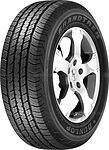

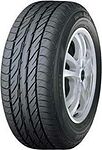





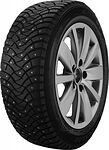
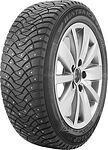







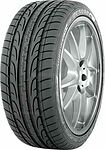
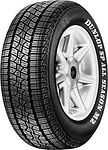

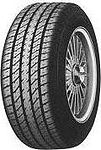

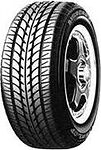

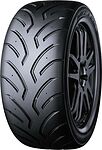
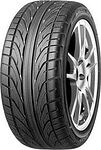
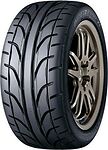
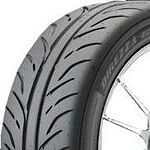



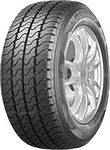



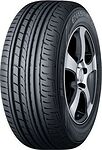
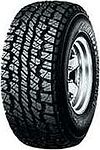

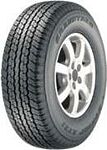
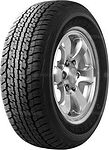
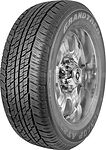





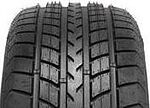
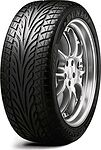


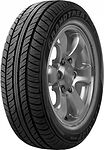










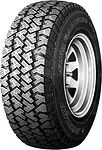
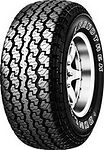

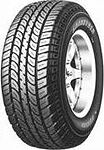
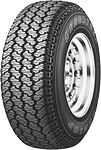


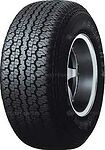
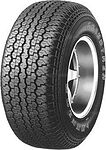


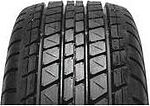






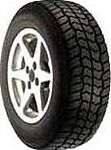
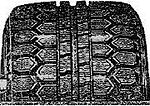
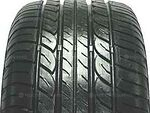

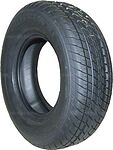
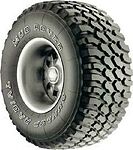
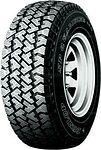
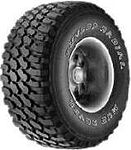
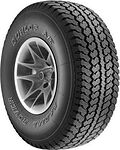
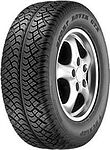

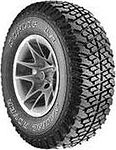
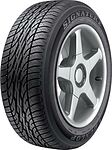
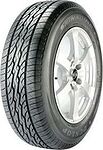
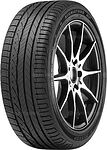
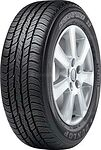
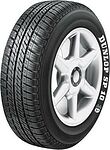

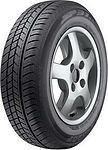
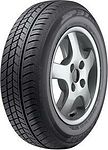


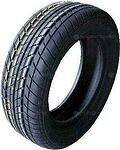


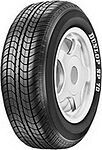
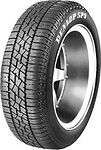



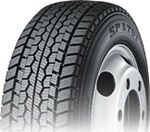



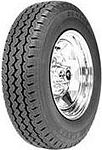


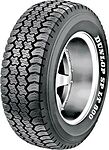
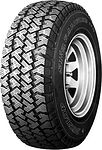
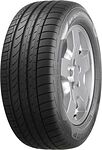
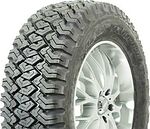
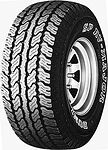

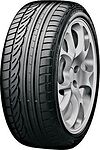
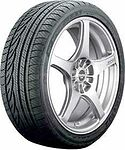
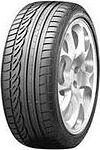



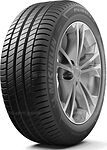
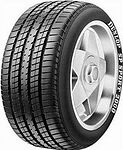
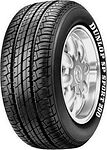
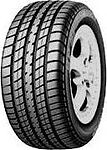
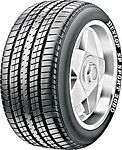


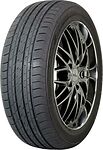



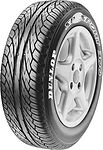
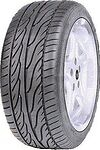


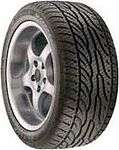
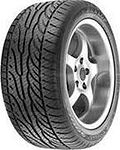
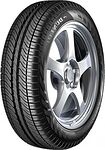
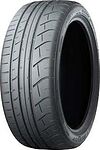
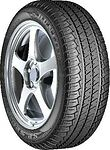

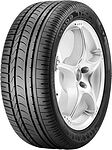
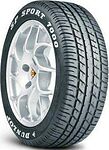
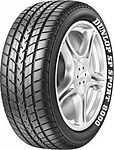
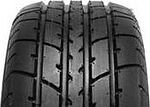
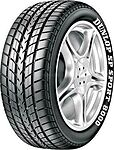
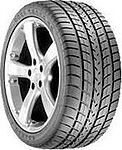
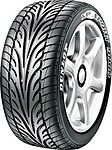
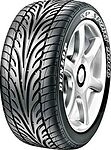
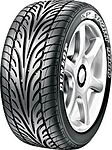
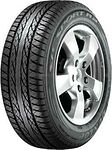


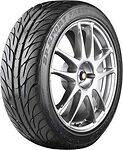
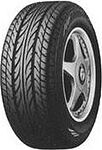


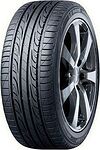


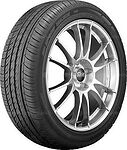


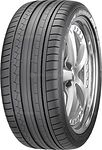
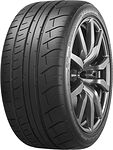
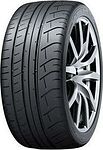
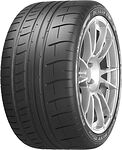
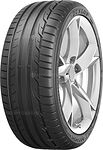
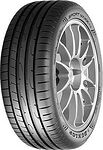
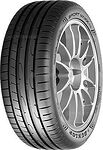
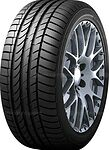
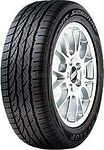




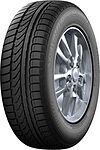

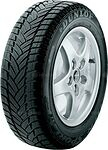
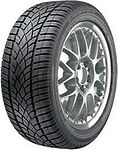





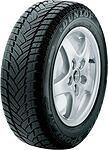


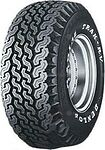

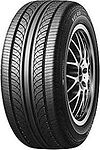
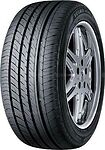


![Автомобильные шины Dunlop Graspic DS3 на автомобиле Astra H [1299] Автомобильные шины Dunlop Graspic DS3 на автомобиле Astra H [1299]](/i/w2a/90422380.jpg)
![Автомобильные шины Dunlop SP Quattro Maxx на автомобиле land-rover range-rover [2505] Автомобильные шины Dunlop SP Quattro Maxx на автомобиле land-rover range-rover [2505]](/i/w2a/40986691.jpg)